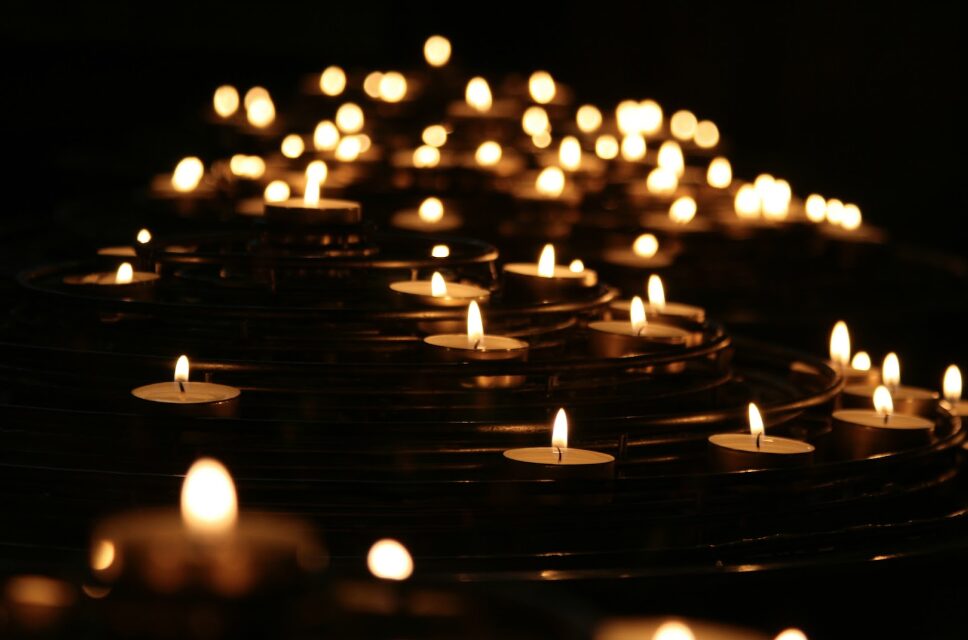Light layering is an easy way to turn your home into a cozy and inviting space this holiday season. This lighting technique uses a subtle interplay of lights to create an inviting, memorable atmosphere.
The basics of light layering
Think of light layering as painting with light strokes, creating depth and mood through strategic illumination. Let’s break down the key components that contribute to the magic:
1. Ambient lighting
The foundation of any atmospheric setting, ambient lighting, establishes an overall glow. Opt for soft overhead fixtures like pendant lights or warm recessed lighting to create a comfortable and welcoming environment.
2. Task lighting
For focused illumination where it matters most, introduce task lighting. Table lamps and floor lamps with warm bulbs are your go-to choices, ensuring functional yet inviting brightness in specific areas such as seating nooks or dining tables.
3. Accent lighting
Use accent lights to add visual interest and depth to your space. Consider uplights, wall-mounted sconces, or spotlights to highlight key features like artworks or architectural elements, transforming your home into a gallery of warmth.
4. Decorative lighting
Infuse style and personality with decorative lighting. String lights, decorative lanterns, or unique fixtures can be strategically placed to add an elegant touch and enhance the overall ambiance.
5. Candlelight
No atmosphere is complete without the soft flicker of candlelight. Whether using traditional candles, votives, or LED alternatives, placing them strategically on tables or in hurricane lamps creates a romantic and intimate setting.
6. Color temperature
Choose your color wisely—opt for warm white bulbs or amber-colored lights to set the mood. The right color temperature can turn a space from cool and sterile to cozy and inviting.
7. Smart lighting controls
Enter the era of customization with smart lighting controls. Easily adjust lighting using dimmer switches, smart bulbs, or lighting control systems. This will let you change the intensity and color of lights based on the mood you want to create.
8. Layering techniques
Master light layering with techniques like uplighting, downlighting, crosslighting, and silhouetting. Experimenting with these methods adds dimension to your space and enhances the atmosphere.
9. Pathway lighting
Enhance safety and guide movement with pathway lighting. Solar-powered path lights or low-voltage fixtures create a warm and inviting glow, ensuring guests navigate your space comfortably.
As you build the atmosphere you want using light layering techniques, it helps to think of it as an art, not a science. Play with different combinations, adjust as needed, and let the ambiance evolve organically.
9 Ways to Increase the Natural Light in Your Home


